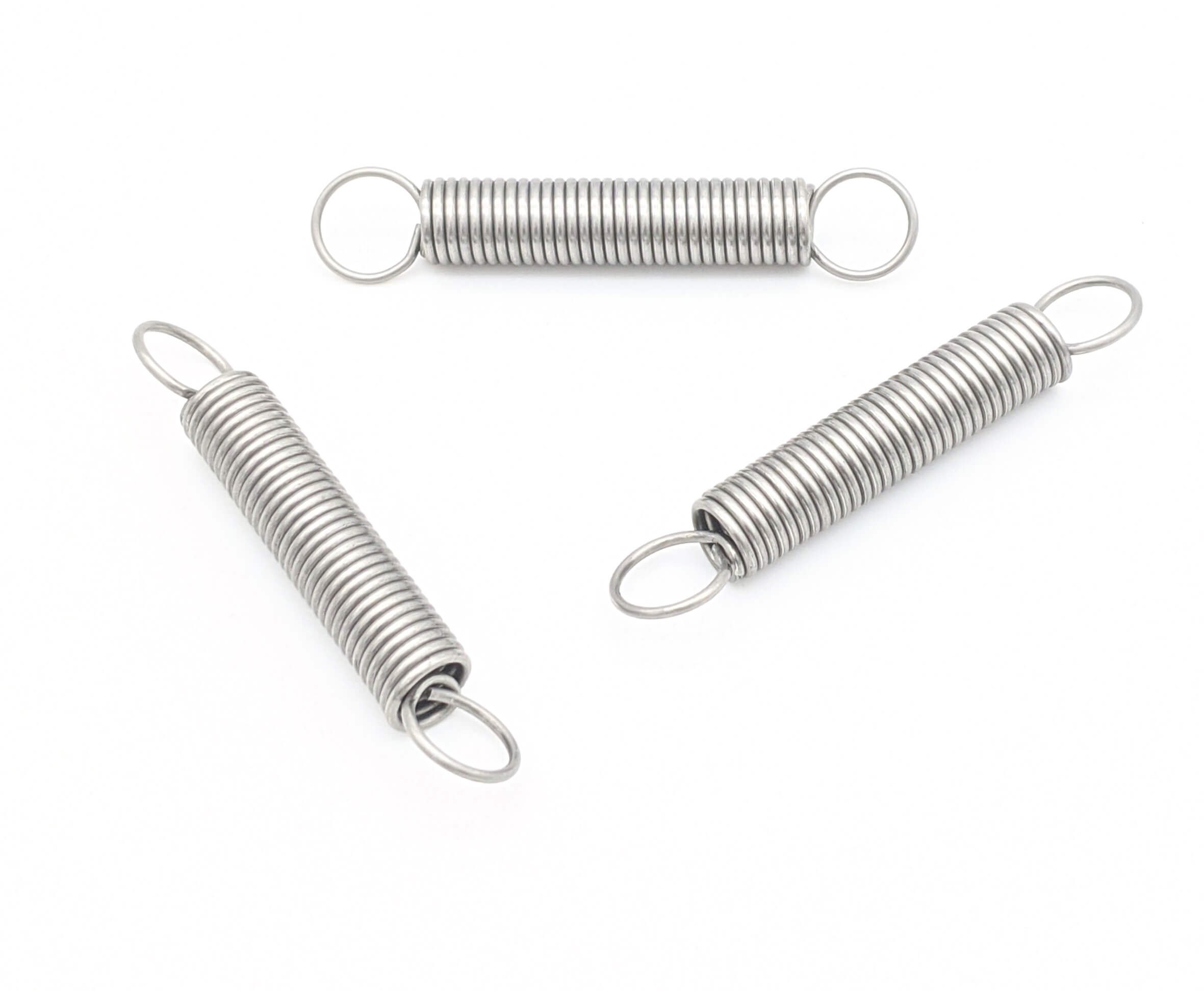Get unique, complex parts easily. No matter your requirements, Chaoyi Spring creates hard-to-produce coil springs and wire forms.
Let us help you create the custom wire form you need, from S-hooks and J-hooks to utility hooks and more.
We work closely with customers across a wide range of industries, helping them design and manufacture made-to-order parts.
Why choose Chaoyi Spring? We prioritize customer-focused collaboration, modern equipment and the latest technology to make your parts per print.
Find the information and guidance you need, from measuring a spring to learning about materials, placing an order and much more.
Choosing the right compression spring for your application can be a daunting task, as there are many factors to consider, including size, spring rate, and material. However, understanding the basics


Choosing the right compression spring for your application can be a daunting task, as there are many factors to consider, including size, spring rate, and material. However, understanding the basics of compression springs and the factors that influence their performance can help you make the right choice for your needs. This guide will cover the basics of compression springs, including how to determine the correct size for your application, and provide tips for choosing the right spring for the job.

Compression springs are essential components in various mechanical systems, providing the necessary force to resist compression and store energy. They are widely used in applications ranging from simple door hinges to complex automotive suspensions, playing a crucial role in ensuring smooth and efficient operation.
The size of a compression spring is a critical factor that affects its performance. It dictates how much force the spring can exert and how much it can compress. When choosing the right size compression spring, it's essential to consider the load it will bear, the space available for installation, and the desired compression characteristics.
The selection of a compression spring size is influenced by several key factors:
Spring rate, often referred to as spring constant, is a measure of how much force a spring exerts for each unit of compression. A higher spring rate indicates a stiffer spring that requires more force to compress. The spring rate is determined by the spring's material, diameter, and number of coils.
The free length is the overall length of the spring when it's uncompressed. It's crucial to choose a spring with a free length that accommodates the space available for installation, ensuring it doesn't overextend or compress beyond its intended range.
Solid height represents the length of the spring when it's fully compressed, where all the coils are touching. Selecting a spring with an appropriate solid height ensures that it doesn't bottom out or reach its compression limit during operation.
The wire diameter of a compression spring plays a significant role in its strength and durability. A thicker wire diameter generally translates to a stronger spring, capable of withstanding higher loads. However, it also increases the spring's weight and stiffness.
The number of active coils in a compression spring also impacts its spring rate. More coils generally result in a lower spring rate, meaning the spring is less stiff and requires less force to compress.
The material of a compression spring significantly affects its performance characteristics, including its strength, durability, and resistance to corrosion. Common spring materials include:
Compression springs are available in various sizes, measured in inches or millimeters. The size of a compression spring is typically defined by its outer diameter, wire diameter, and free length. Here are some common compression spring sizes:
When selecting a compression spring, it's crucial to consider the specific requirements of your application. Here's a step-by-step guide to help you choose the right spring size:
To assist you in selecting the right compression spring for your needs, it's often helpful to consult a comprehensive guide that details various compression spring sizes, including their key specifications and applications. These guides can provide valuable information on:
Choosing the right compression spring by size is crucial for ensuring optimal performance and longevity in your application. By understanding the factors that influence compression spring performance and consulting comprehensive guides, you can confidently select the best spring for your specific needs. Remember that the size of a compression spring is a critical parameter that influences its force, compression, and overall performance, making it essential to choose the right size for the job.
By meticulously considering the load, available space, material, spring rate, and other factors, you can select a compression spring that delivers the desired performance and meets the specific requirements of your application.
Browse some of the custom wire forms and springs that we manufacture. Don’t see what you need? We specialize in made-to-order products that meet your application requirements.
Visit Our GalleryNeed a custom wire form or coil spring? We make it work. Fill out the contact form and a representative will respond within 1 business day. If you have a PDF or CAD file, you can submit to request a quote.